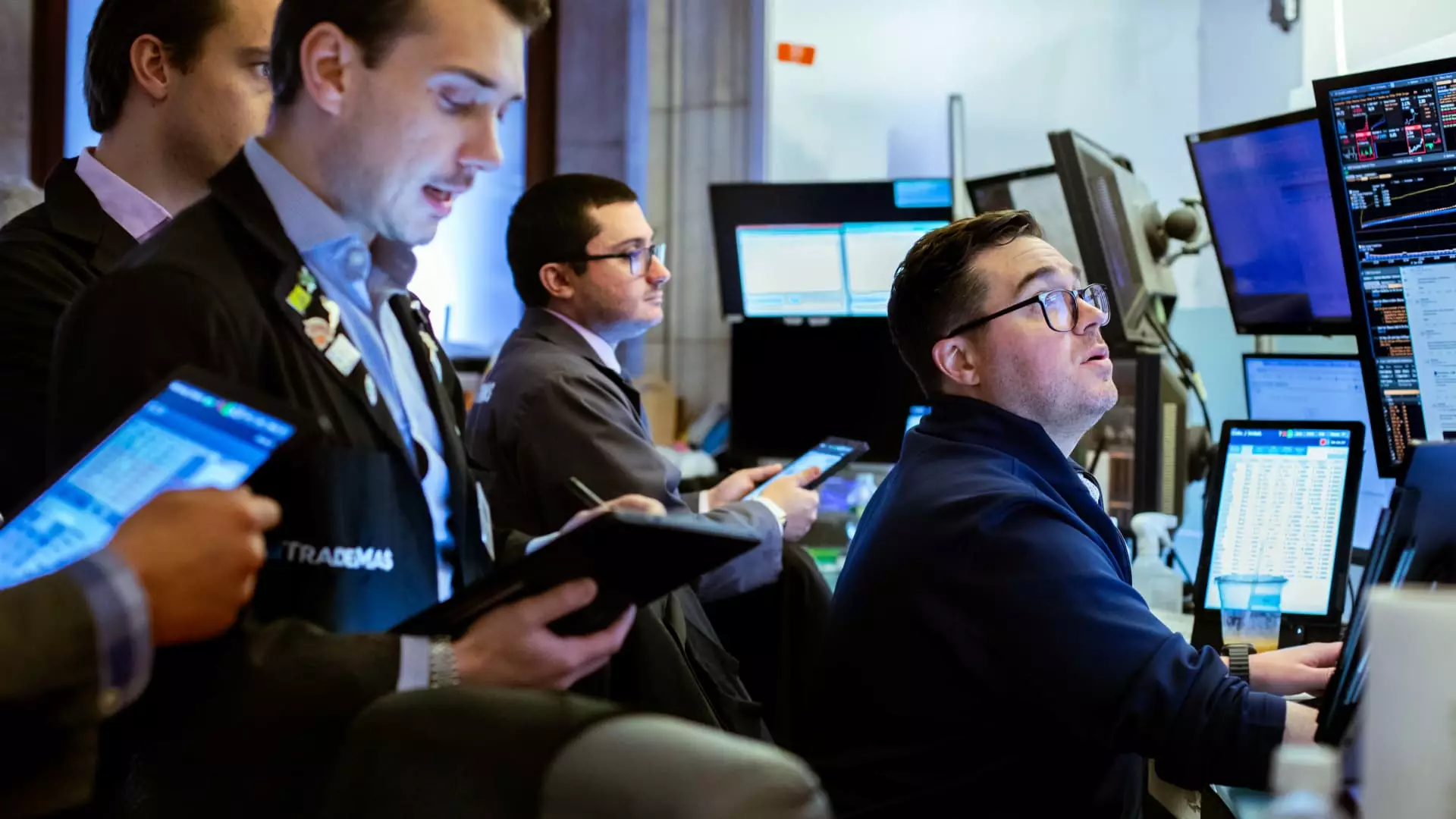In an unexpected twist reminiscent of a Hollywood comeback story, the S&P 500 has nearly eclipsed its all-time high, demonstrating an uncanny ability to defy dire predictions. Closing at 6,141.02—2.9% higher for the week—the index exudes a sense of resilience bolstered by tenacious corporate earnings and a labor market that refuses to buckle under pressure. Concerns over tariffs, geopolitical tensions, and inflation that previously loomed large faded into the background, showcasing the market’s capacity for recovery in the face of adversity.
This rekindled optimism is not solely due to corporate performance. The whispers from the White House, particularly those downplaying impending tariff deadlines, have played a significant role in soothing investor nerves. White House spokesperson Karoline Leavitt’s assertion that the July deadlines are “not critical” suggests a willingness to negotiate and adapt—an important signal for investors. The specter of “liberation day tariffs” that initially sent markets spiraling appears to be more of a phantom than a looming threat. This move towards flexibility in trade policies offers a glimmer of hope in an otherwise precarious economic climate.
The Power of Corporate Earnings and Consumer Resilience
Corporate America has decisively scripted this narrative, as robust earnings reports keep pouring in, often exceeding expectations. This strong performance has not merely been a silver lining but a driving force behind the S&P 500’s rapid recovery. Tech giants, specifically, have been central to this reinvigoration. Notably, Nvidia’s dramatic rise to a fresh all-time high underscores the transformative power of artificial intelligence (AI), a sector that continues to captivate both consumers and investors alike.
Yet, it is essential to scrutinize whether this optimism is sustainable. While the tech sector flirts with euphoric highs, the broad market response raises pertinent questions about the sustainability of this growth. The surge in stock prices may not fully translate into tangible benefits for the average consumer, who is still grappling with rising costs and wage stagnation. The disconnect between Wall Street’s exuberance and Main Street’s struggles demands a closer examination of what truly constitutes economic health.
The Geopolitical Landscape: A Double-Edged Sword
Additionally, the geopolitical landscape significantly influences market stabilization, especially in light of the fragile ceasefires and ever-changing international relationships. While the current easing of tensions between Iran and the United States may have temporarily calmed Wall Street’s anxieties, investors must remain vigilant. The magnitude of unforeseen conflicts can swiftly shift sentiment, reminding us that the tranquility we currently enjoy has the potential to fracture under pressure.
Furthermore, oil prices, which experienced dramatic fluctuations this week, illuminate the tenuous balance between economic stability and geopolitical maneuvering. Investors are understandably concerned about inflation, as we have seen how rapidly changing dynamics in the oil market can ripple through the economy. Falling oil prices this week offered momentary relief, yet the specter of inflation still lurks in the shadows, casting doubts on long-term sustainability.
A Cautious Perspective on Economic Indicators
Jobless claims, reported at 236,000 and lower than projected, paint an optimistic picture of employment stability. However, these figures encapsulate only part of the economic narrative. It is crucial to consider the systemic issues that persist, such as wage equity and the evolving nature of work. The labor market may appear robust on the surface, but deeper challenges remain, particularly for marginalized communities that continue to experience economic disparities. Therefore, equating low jobless claims with a healthy economy is an oversimplification.
Investors and policymakers alike would benefit from a more nuanced understanding of economic indicators. Relying solely on stock market performance or job figures risks overlooking the broader socio-economic landscape, where the countless stories of struggle and resilience exist beneath the glittering stock prices.
In a climate characterized by both uncertainty and opportunity, a cautious optimism is warranted. The rallying markets must be approached with awareness, balancing enthusiasm with critical reflection on what it means for the wider population. A thriving stock market is commendable, but true economic prosperity must be measured through the lens of accessibility and inclusivity. The current narrative demands an acknowledgment that the paths to recovery are as varied and complex as the individuals who walk them.

Leave a Reply